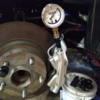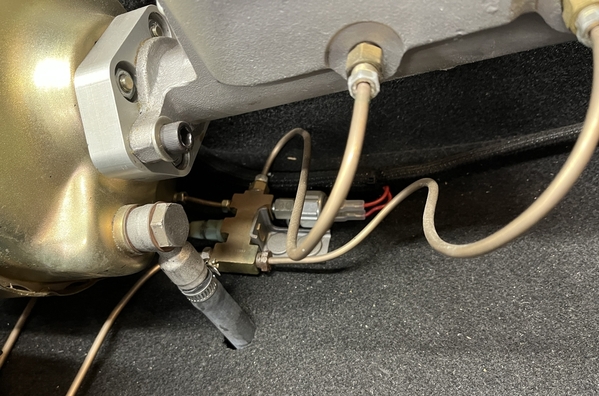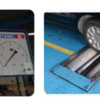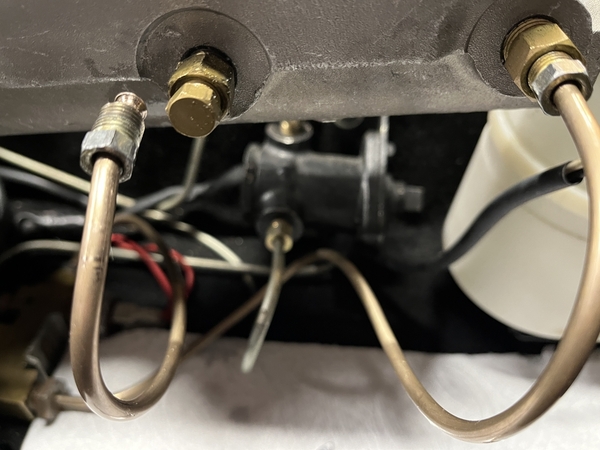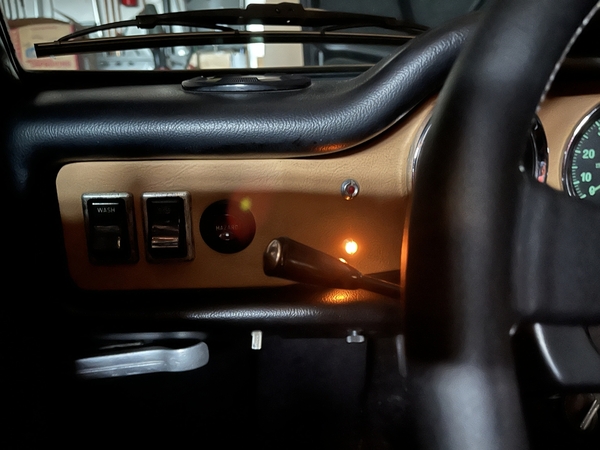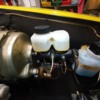Maybe someone can help me here: after a longer restoration (all 4 calipers overhauled) and bled several times I have made a few test drives, nice and hard pedal. Everything so far in order. But suddenly I had to brake surprisingly and I had almost no braking effect, very scary due to oncoming traffic.
Immediately after that I went to a brake test stand. Rear brakes had perfect braking power. When testing the front axle, no braking effect was measurable, although I really stood on the pedal firmly. The pedal also felt normal. I went off the pedal and got on it again and suddenly the brakes worked again.
The brake proportioning valve is still installed, the rest of the brake components are also totally standard.
It is like the proportioning valve would let go of the front pressure. Or it is the 50 years old main cylinder that is the problem?
What would you guy do in my case?
I will try bleeding the front again, but usually air is not something that is there an in the next moment it is gone.
Thanks.............Eugen


